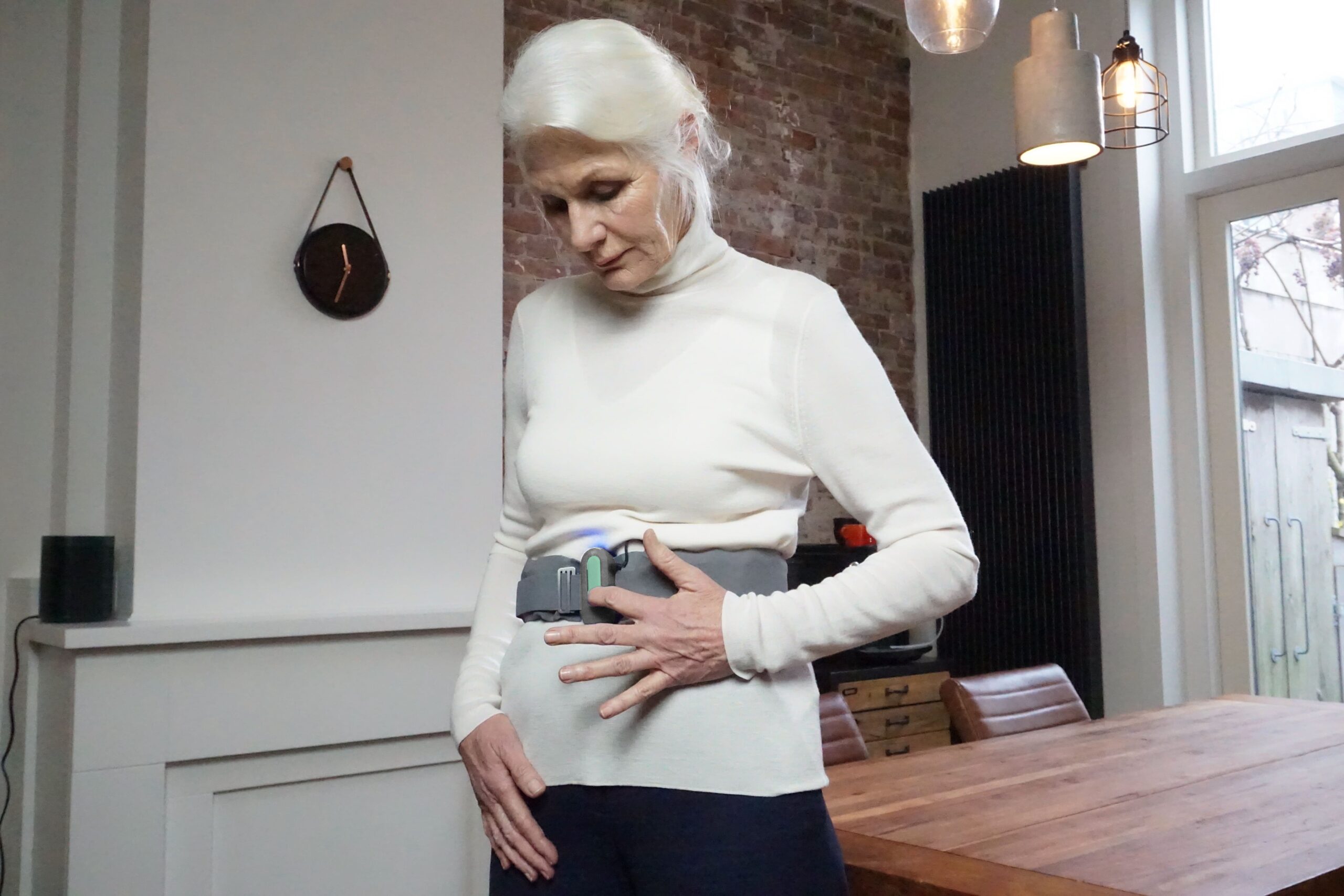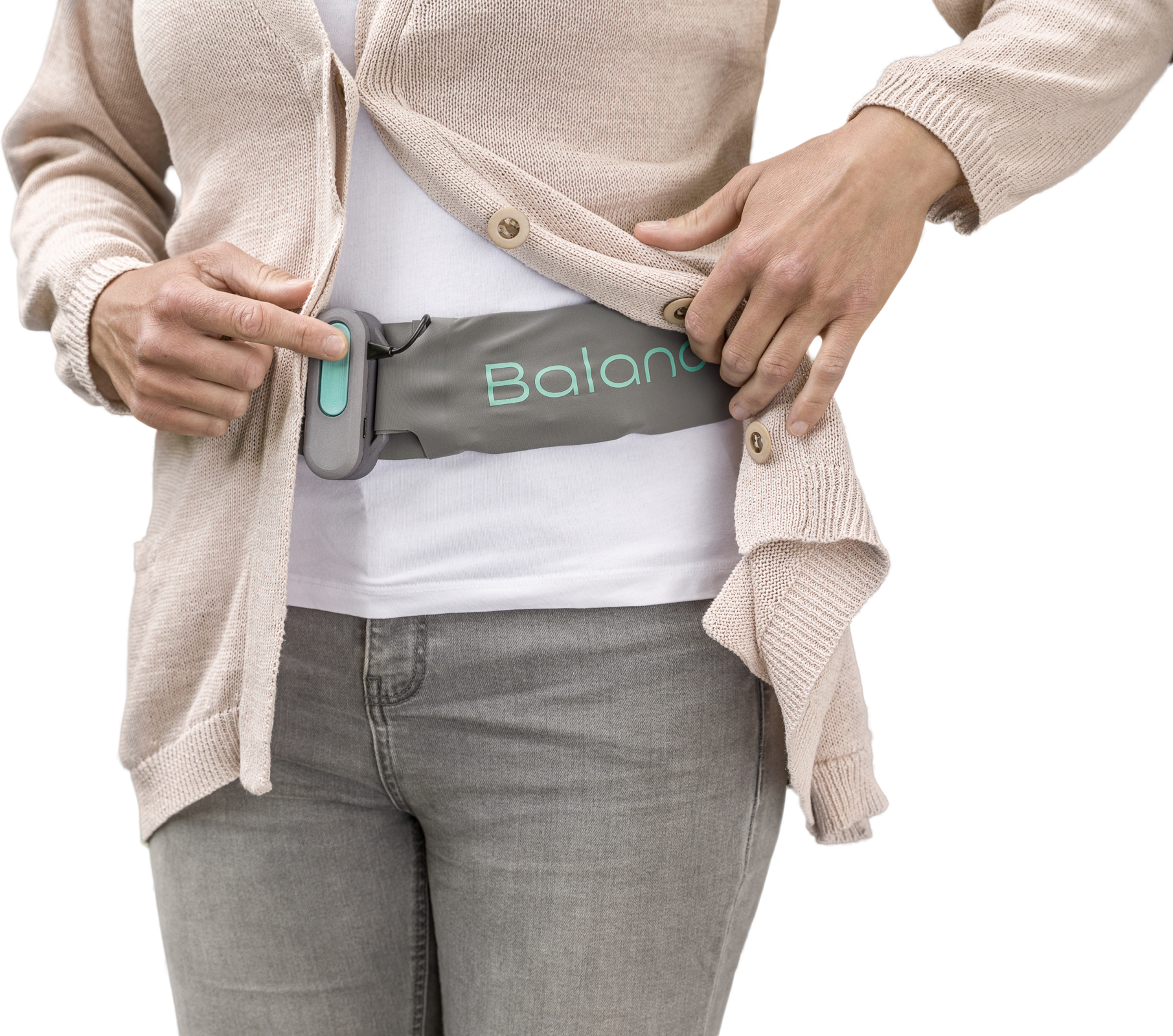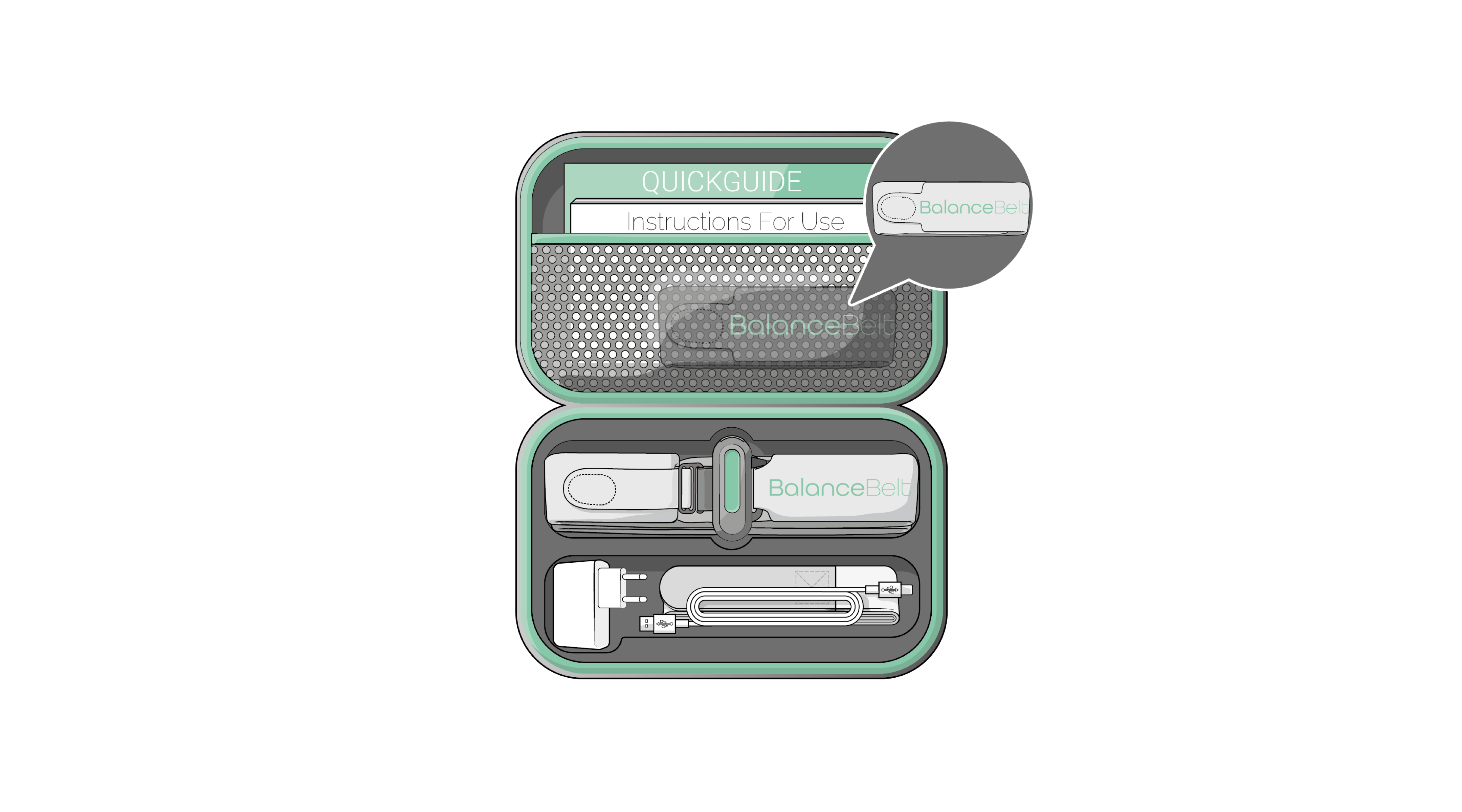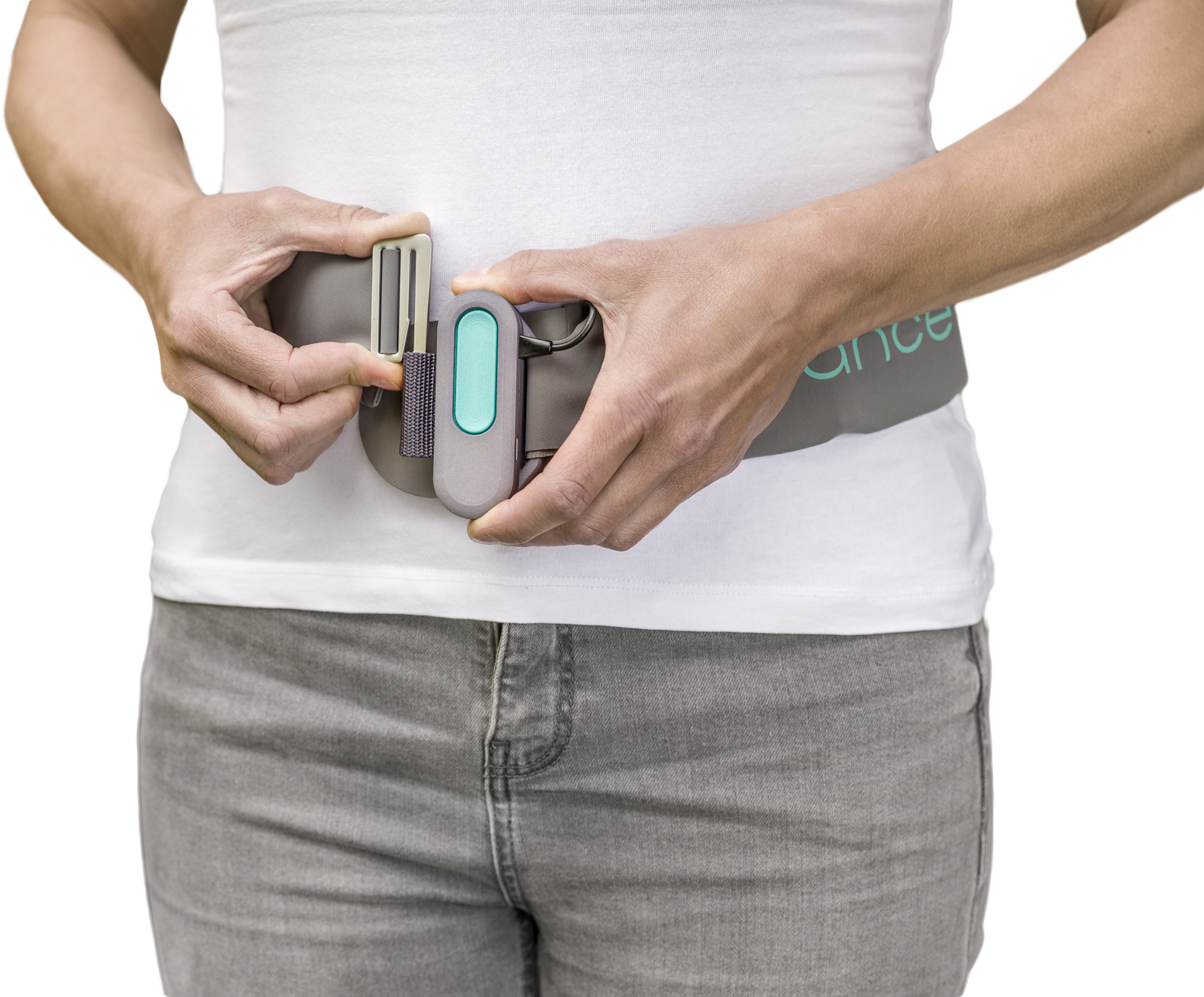Bilateraal Evenwichtsverlies (BVL) is een totaal verlies van beide binnenoren, terwijl een Bilateraal Evenwichtshypofunctie (BVH) een gedeeltelijk verlies is. Dit wordt veroorzaakt door schade aan het systeem dat het binnenoor met de hersenen verbindt en helpt om het evenwicht te bewaren.
Mensen die aan deze aandoening lijden, voelen zich continu instabiel en uit balans. Ze hebben moeite met lopen zonder loophulpmiddelen, vooral op oneffen ondergrond en in het donker, omdat ze niet meer (voldoende) informatie krijgen van hun evenwichtsorganen.
BVL / BVH kan niet alleen lichamelijk letsel veroorzaken door een verhoogd risico op vallen, het belemmert ook mensen om regelmatig aan lichaamsbeweging te doen. Dit kan leiden tot andere problemen, zoals minder energie, gewichtsproblemen en hart- en vaatproblemen.
Over het algemeen beperkt de aandoening mensen in hun vermogen om vrij en onafhankelijk te bewegen, wat resulteert in een lagere kwaliteit van leven.






